Affinity, Worship, and the Light That Disrupts
This article is featured in the October 2025 episode of the Quakers Today podcast.
I didn’t join a Brown, Black, Indigenous, People of Color (BBIPOC) Quaker affinity group because I had something to teach: I joined because I needed to breathe.
My first experiences came through Friends General Conference’s (FGC) Friends of Color and Ujima Friends virtual worship groups that gather in stillness, honesty, and courage. More recently, I’ve also been part of a BBIPOC Quaker affinity group where Spirit meets truth in profound and unfiltered ways. Each of these groups has reshaped how I think about community, belonging, and fellowship. Neither experience fits neatly within traditional structures, but both are drenched in Spirit. And if I’m honest, both have disrupted me, in the best way.
Worship That Doesn’t Ask You to Translate
Affinity groups have long been sacred spaces for bonding, connecting, and communicating authentically: places where deeper relationships are built not in spite of difference but through the shared experience of being fully seen. These are spaces where people bring their full selves into the room, where trust is not assumed but nurtured.
Affinity worship groups are not escapes; they are spaces of spiritual integrity. These are places where Friends who have long been marginalized by mainstream Quaker culture can listen for the Divine without having to over-explain their presence or their pain. These groups don’t ask you to leave part of yourself outside the door. They ask you to bring all of it in: your joy, your fatigue, your ancestry, your truth.
It’s a question that has echoed in educational, social, and spiritual spaces alike: Why are all the Black kids sitting together in the cafeteria? As psychologist Beverly Daniel Tatum found in the book whose title asked that question, affinity is not avoidance; it is repair. In worship, the answer remains: affinity is not exclusion but sacred coherence.
One epistle from a recent BBIPOC gathering said it plainly: “We breathe together so that our spirits may not suffocate under the weight of silence.” That line struck me because it is more than metaphor. For many Friends of Color, silence without acknowledgment is not spiritual depth: it is suffocation. Affinity worship turns silence into air again. It makes space for breath, for witness, for renewal.
I’m not an expert in colonialism or reparations. Those conversations stretch me. But I’ve learned that you don’t have to be an expert to be changed. Just being present in a space where Friends name hard truths—about history, about systems, about survival—has pushed me out of complacency and into clarity. These spaces are not “alternatives to meeting”; they are sites of revelation.
Affinity worship groups are not escapes; they are spaces of spiritual integrity. These are places where Friends who have long been marginalized by mainstream Quaker culture can listen for the Divine without having to over-explain their presence or their pain.
When Beauty Disrupts
During a recent Friends of Color virtual worship, we were offered a series of queries. They felt simple at first, but they stayed with me, as did my answers:
- When was the last time beauty disrupted you? When silence fell after someone spoke a truth too heavy for words.
- Did you resent its disruption or welcome it? At first, I resisted. Then I realized it was returning me to what mattered, and I welcomed it.
This is the work of affinity worship: to create a space where beauty and disruption coexist, and where neither must apologize for arriving.
I remember one Friend describing the laughter of their grandmother as being worship that outlasted the violence around her. That memory became a beauty that disrupted grief. Another time, a Friend’s tears flowed so freely that the computer screen itself felt like a sanctuary.
The disruption is not always comfortable, but it is faithful. It restores our sense that the Spirit speaks most clearly when we stop trying to control its voice. I recall another Friend speaking of systemic injustices and generational trauma; they could barely contain the emotion pressing at the edges of their words. Even in struggle, their witness disrupted us into a deeper honesty.
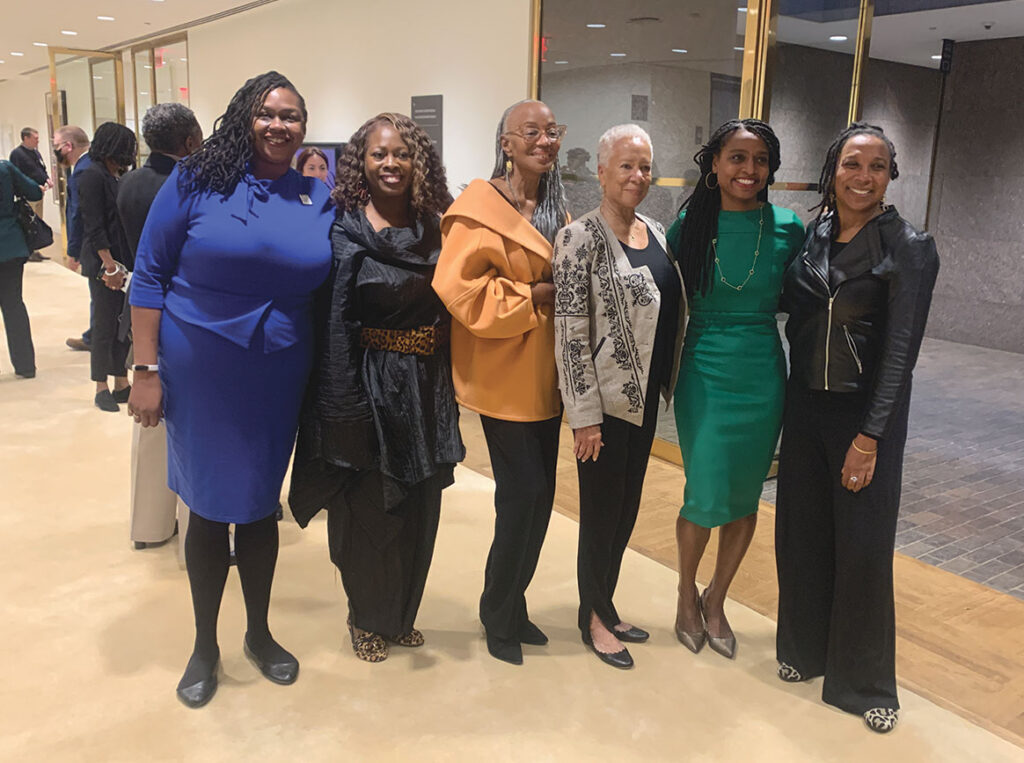
The Sacred in the Margins
Affinity groups don’t compete with traditional meetings. They restore the parts of us that had to hide in order to stay. In many traditional worship spaces, Friends of Color have to navigate microaggressions, tokenism, invisibility, or spiritual surveillance. Affinity spaces offer a kind of soul rest: a restoration of voice and breath.
Here, we can explore our responses to queries like the following:
- Is wonder a privilege? Sometimes, but it’s also resistance: a way of surviving with dignity, even when the world forgets you.
- Is it possible to lack access to beauty? Yes, it is: not because beauty isn’t present, but because the weight of survival can make it hard to see.
This is not theoretical; these are lived experiences of Friends who show up every week, seeking Light not in spite of the world but in full recognition of it.
We gather to breathe, not as a retreat but as a reminder that the Light is most alive when no one is left gasping for air.
Affinity as Witness, Not Withdrawal
What I’ve come to understand is that affinity worship is not separation; it is witness. It’s a testimony to the truth that the Light speaks in many languages. And sometimes, you need to be among those who carry a shared rhythm to hear it clearly.
My background includes over a decade of facilitating diversity, equity, and inclusion initiatives at colleges and universities, as well as in independent private schools. Even with that experience, sitting in BBIPOC worship sessions continues to stretch me spiritually. It reminds me that while policy can shape culture, Spirit transforms the heart. And both are needed.
Affinity worship also models what the Religious Society of Friends might yet become. It embodies the testimony of equality by refusing to silence voices that have long been overlooked. It embodies integrity by naming hard truths aloud. It embodies community by reminding us that belonging sometimes begins at the margins. And it embodies peace by insisting that rest and repair are themselves acts of resistance.
I’ve learned to sit with what makes me uncomfortable: not as failure but as invitation. I’ve listened to Friends speak with clarity about colonialism, about systemic harm, and about the moral responsibility of our meetings. I’ve realized that sometimes the most faithful thing I can do is listen long enough to be changed.
These gatherings have not pulled me away from Quakerism; they’ve pulled me deeper into it. They’ve shown me what it means to worship in spirit and in truth, even when truth is heavy.
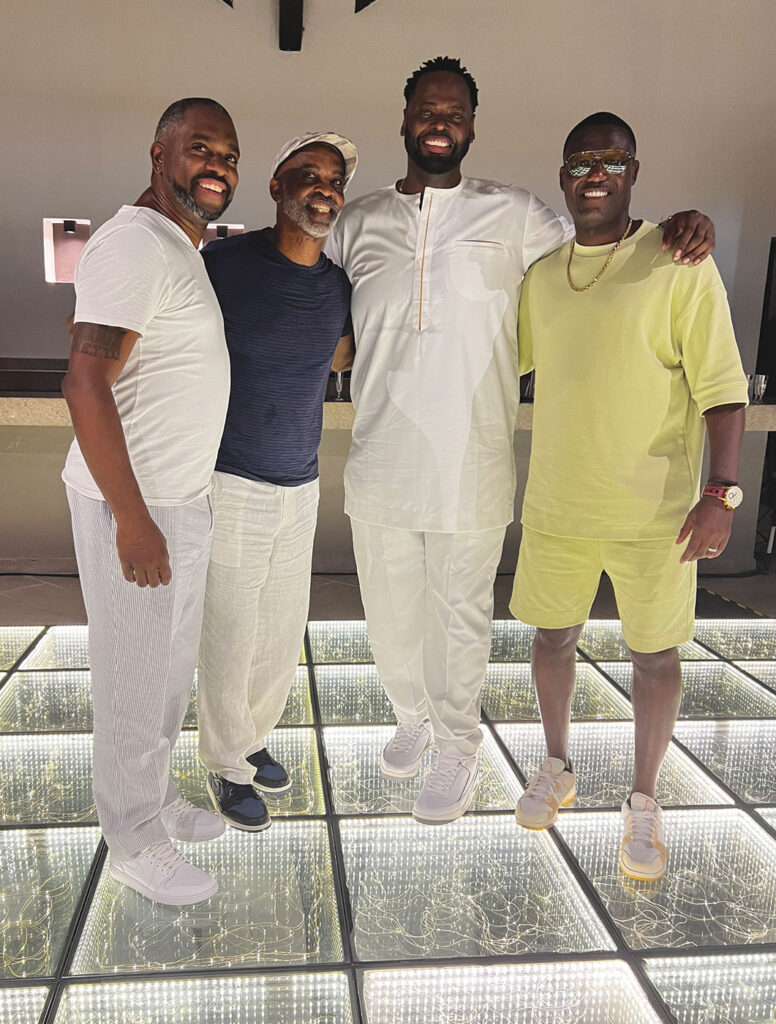
We Gather Differently to Stay Whole
We didn’t gather elsewhere to divide the body; we gathered elsewhere to remain whole within it. In these gatherings, we pray; we question; we speak plainly. We may cry sometimes. We hold silence, and we hold each other. These are not fringe gatherings. They are testimonies in real time. They are reminders that the meeting is larger than its walls, and that the Spirit often moves loudest where systems have been quiet longest.
If you’ve never sat in a space like this, I invite you not to fear it; just come with your listening intact. You may not be asked to speak. You may not be centered, but you might be changed. For me, that change has been breath itself: breath I did not realize I had lost, breath that connects me to ancestors who endured, and to Friends who gather still. We gather to breathe, not as a retreat but as a reminder that the Light is most alive when no one is left gasping for air.


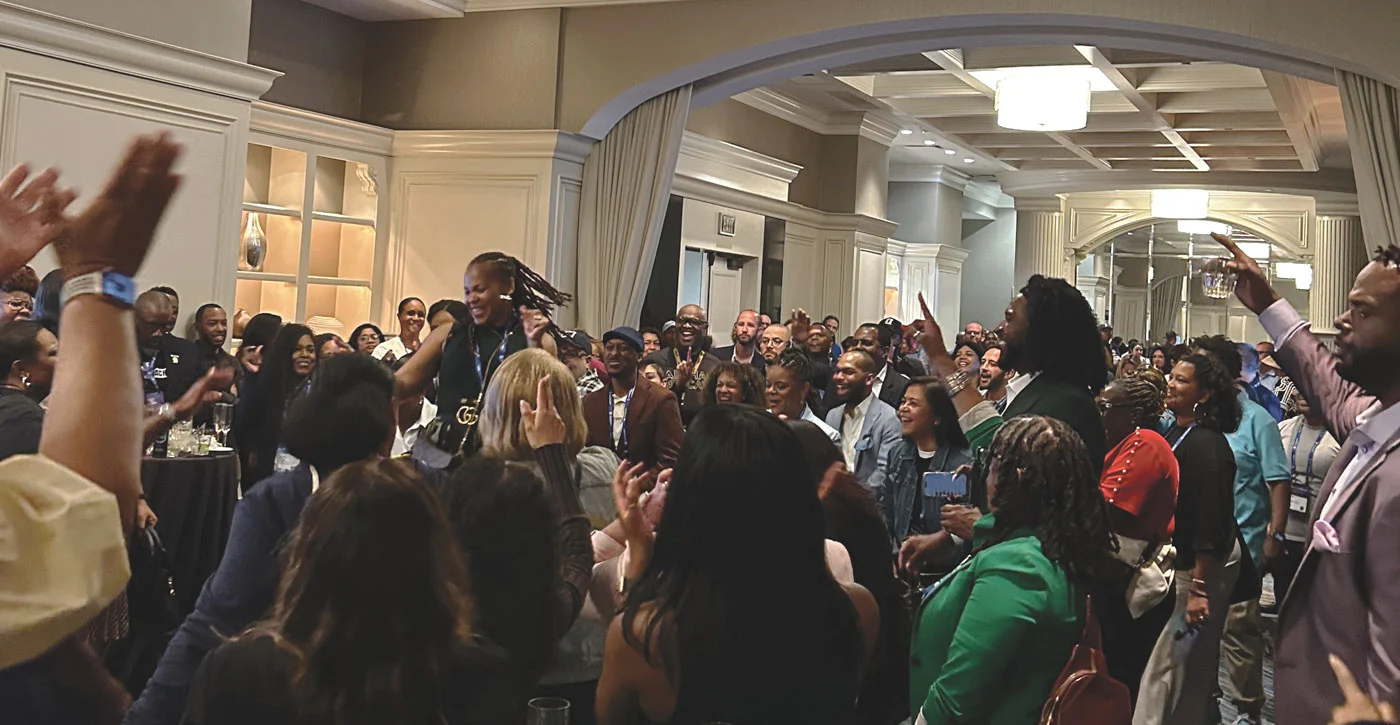
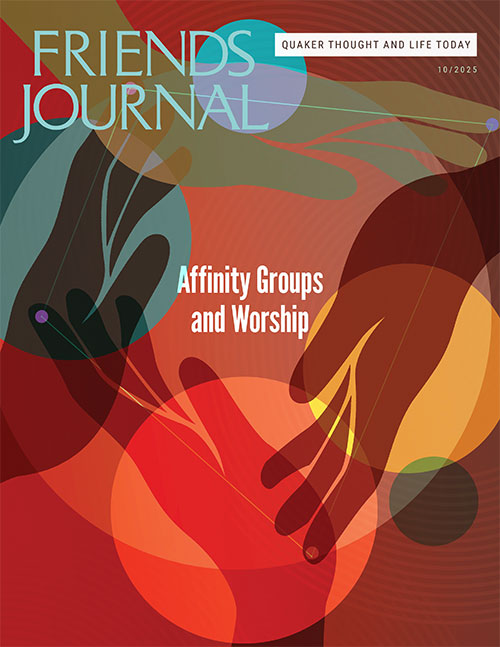
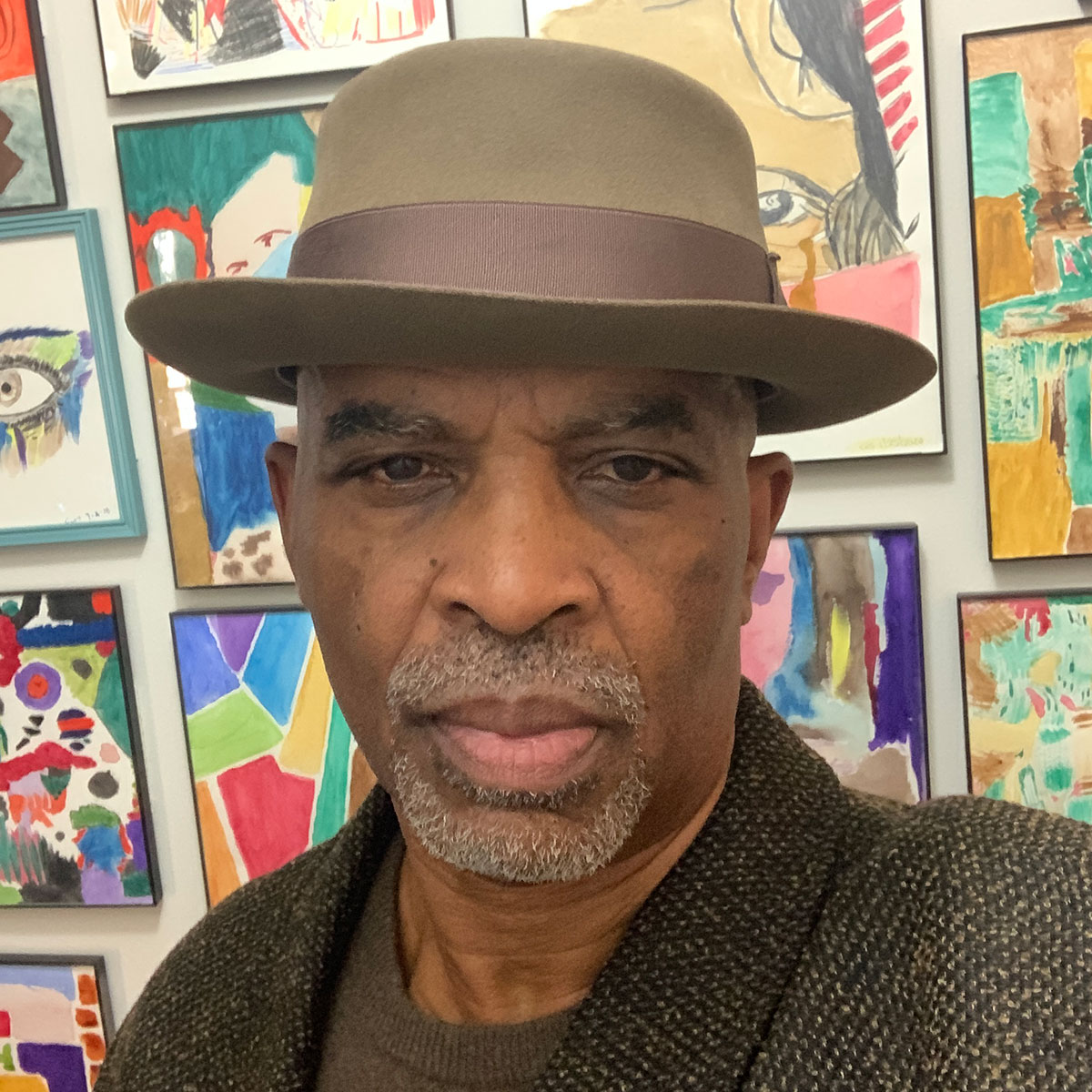
Thanks fornthis insight Spence. Very inspiring to me.